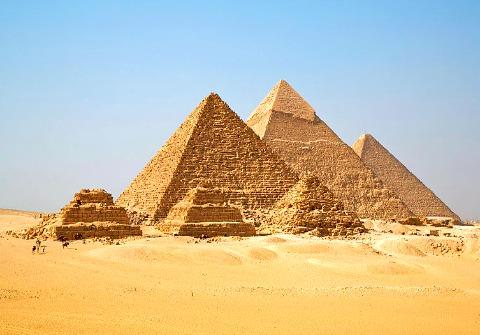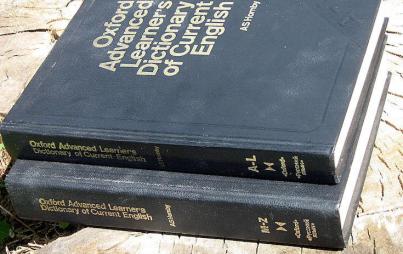
There’s plenty we don’t know about prehistoric construction. Stonehenge, Easter Island, Gobekli Tepe (extra points if you can pronounce that!)—we don’t know how any of those massive works of antiquity were built. But one of the most pressing of Old World questions could finally be in the bag: How ancient Egyptians moved 2.5 ton stones to create their grandiose pyramids.
We know that workers somehow transported the massive blocks on basic sleds from their source at a rock quarry, moving them across desert sand to the monument site. Past theories proposed the use of wooden rollers under the sleds—though this would be super labor intensive and slow. Instead, researchers from the University of Amsterdam have a simpler theory: wet sand.
You see, sleds with heavy loads dig into dry sand, creating a mound that has to be continually cleared for the sled to move forward. And that’s just inefficient. But, since I went ahead and revealed this secret, you may have deduced that wet sand behaves differently. When damp, microdroplets of water bind sand grains together, making them stiffer. This heartier sand doesn’t wimpily go to pieces as it encounters the sled, which means less build-up and reduced force needed to drag the sand—by about half.
Funny how development of wheels and axles and roads apparently caused humanity to forget all about this wet sand business. Even funnier: Artwork within a pyramid tomb discovered in the Victorian era actually shows workers dragging a gargantuan statue of a Middle Kingdom ruler, complete with a water-pourer at the front of the sled. It seems no one had put two and two together until now.
However, it still isn’t clear how the Egyptians secured the blocks, layer by layer, once they got to the site. So rest assured, there’s still room for the (incorrigible) theory that Egyptians received a little help from kind-hearted extraterrestrials with time to kill.
Image: Wikimedia Commons






